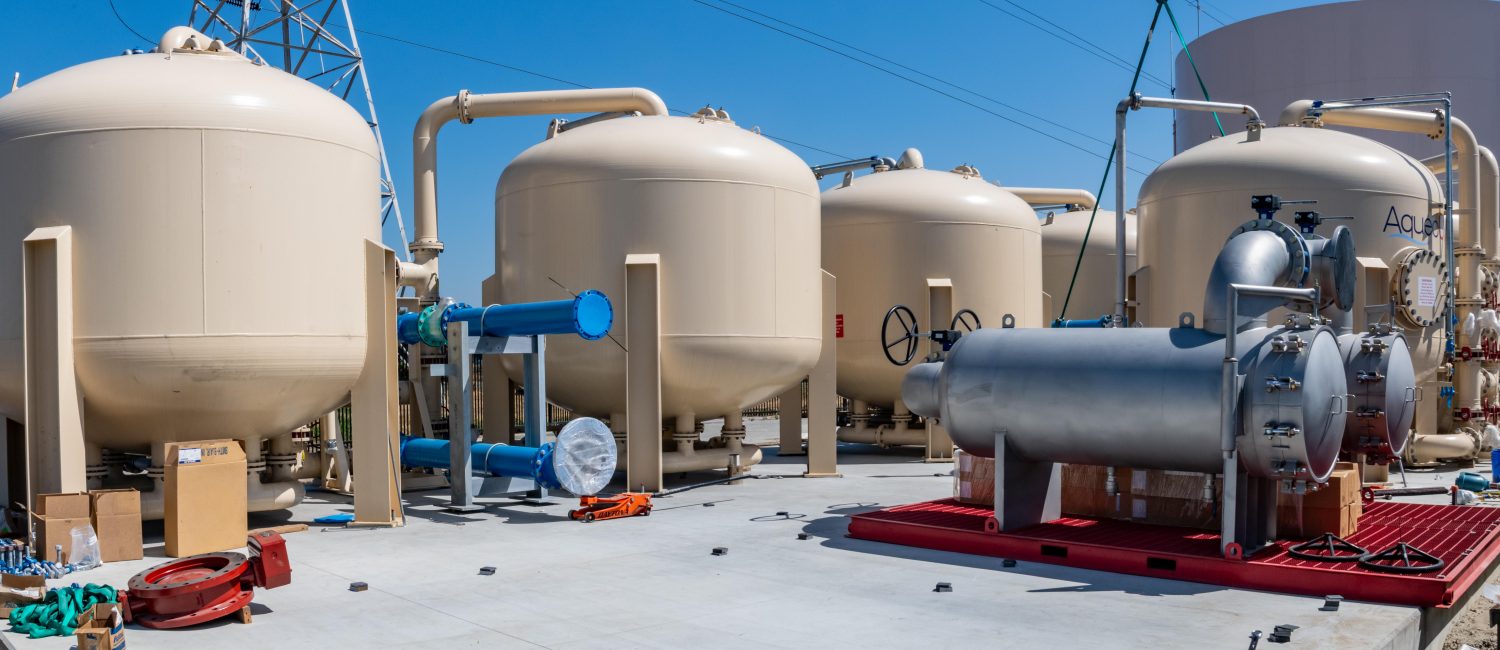
Water Division
The Water Operations Division provides drinking water through approximately 9,400 water service connections. The water system is made up of more than 90 miles of pipeline, with 10 active wells, 10 pump stations, nine booster pumps, three reservoirs, and 875 fire hydrants. The system is capable of providing more than 12,500 gallons of water per minute. The staff of the Water Operations Division is responsible for the distribution and treatment of water to its customers.
The City’s water program is funded through the Pico Rivera Water Authority (PRWA) formed in May 6, 1999, for the purpose of providing was as a City Service. The PRWA produces 100 percent of its demand through groundwater. They test the water on a weekly basis and work hard to ensure that the quality of water piped to water service connections meets or exceeds state and federal standards.
In 2000, Pico Rivera submitted samples of the water it supplies to its customers during the prestigious annual Berkeley Springs International Water Tasting Awards, the largest water-tasting competition in the world. As a testament to the quality of its water, Pico Rivera won the bronze medal as the best-tasting tap water in the world. Click here to view Water Quality
Various Reports are available for your review:
Your Water
Pico Rivera’s municipal water supply is operated by Pico Rivera Water Authority (PRWA). PRWA provides irrigation, fire supply, and potable (drinking) water to approximately 70% of the City’s incorporated area. A separate portion of residents and businesses within Pico Rivera are served by Pico Water District. To identify your water provider, view the service area map.
The City of Pico Rivera is committed to providing safe, clean and reliable drinking water to its customers. PRWA operates and maintains three water plants, along with eight production wells. Water is tested regularly to ensure it meets state and federal water quality standards. As a result, Pico Rivera residents can use and enjoy their water with confidence.
Protecting and Advancing Water Quality
Protecting and advancing water quality has been a key priority for the City of Pico Rivera since its incorporation in 1958. As the advancement of testing methods offers additional insights into its water supply, the City of Pico Rivera has continued to enhance water quality efforts.
In July 2020, Pico Rivera adopted a Water Master Plan that addressed water quality and treatment needs, including the treatment for PFAS. Later that year, the City awarded a design contract for a water treatment system to meet the needs identified in the Water Master Plan.
This culminated in a $15 million Groundwater Treatment Project with construction of new water treatment facilities, including fourteen Water Treatment Vessels that will filter PFAS from the water supply through an ion exchange process. The project is currently underway and is anticipated to be completed by Spring 2024.
These significant strides in the City’s water quality efforts are made possible through numerous funding sources:
- A $5.8 million grant from the Water Replenishment District of Southern California
- A $2.5 million allocation from the House Appropriations Committee’s 2022 energy and water funding bill, sponsored by Congresswoman Linda T. Sánchez
- A $7 million allocation from PRWA, funded by Pico Rivera Water Authority ratepayers
The City Pico Rivera continues to invest in water quality through ongoing research, system upgrades, and inter-agency collaboration.
Understanding PFAS
PFAS — short for per- and polyfluoroalkyl substances — are a group of man-made chemicals used to repel water, grease, oil and more. Thousands of chemicals are found within this category, including PFOA, PFOS and GenX.
Dating back to the 1940s, PFAS have been manufactured and used in a variety of industries across the globe. They appear in a range of products including nonstick cookware, makeup, clothing, stain repellents, carpet and firefighting foam. PFAS break down very slowly over time, earning them the nickname “forever chemicals.” Because of their widespread use and longevity, many PFAS are found in water, soil, and air. According to the EPA, exposure to PFAS may be linked to harmful health impacts on humans and animals.
The EPA has implemented a range of regulatory actions to address and mitigate the risks of PFAS. While the EPA is still working to develop specific standards for PFAS in drinking water, California’s State Water Resources Control Board (SWRCB) has established rigorous requirements for water agencies in addressing PFAS.
The City of Pico Rivera has implemented testing, treatment and notification processes to comply with all state and federal requirements related to PFAS. While the City has notified customers of the presence of PFAS within local water sources, levels still fall within State-defined safety standards. As a result, the City of Pico Rivera has not had to shut down any of its wells.
Below is a statement from the State Water Board and FAQ’s regarding PFOS and PFOA found in many water sources throughout the State.
FAQ
What are PFAS?
PFAS — short for per- and poly-fluoroalkyl substances — are a group of man-made chemicals used to repel water, grease, oil and more. Thousands of chemicals are found within this category, including PFOA, PFOS and GenX.
Why is PFAS in our water?
Like many communities across the U.S., the City of Pico Rivera has small amounts of PFAS in our water supply. These chemicals enter our watershed over time through manufacturing processes, landfills, industry activity and more. While the City did not put these chemicals into the water, our team is dedicated to identifying and responding to PFAS to preserve public health.
What is Pico Rivera doing to treat and remove PFAS?
Protecting and advancing public health is a top priority for Pico Rivera. Our Water Operations team continues to address PFAS by:
- Conducting regular tests to determine levels of PFAS
- Upgrading facilities for advanced treatment
- Complying with all state and federal regulations
What is a Notification Level or Response Level?
Notification levels (NLs) are nonregulatory, health-based advisory levels. They represent the concentration level of a contaminant in drinking water that does not pose a significant health risk but warrants notification.
Response levels (RLs) are set higher than notification levels and represent a recommended concentration level at which water providers must either take a water source out of service or provide treatment (if available).
At this time, the State of California has set NLs and RLs for only four PFAS chemicals: PFOA, PFOS, PFBS and PFHxS.
How is PFAS measured?
When viewing regulatory requirements for PFAS, you’ll see parts per trillion (ppt) used to quantify the amount of PFAS in a water source. Other contaminants are often measured in parts per million (ppm) or parts per billion (ppb). Here’s what that looks like:
- Parts per million (ppm) = 1 drop in a hot tub
- Parts per billion (ppb) = 1 drop in an olympic sized swimming pool
- Parts per trillion (ppt) = 1 drop in a six-acre lake
Which sources does Pico Rivera monitor PFAS?
Pico Rivera’s Water Operations Division monitors its eight active wells for PFAS. Samples are taken regularly from these sources and tested by trained technicians in labs accredited by the California Environmental Laboratory Accreditation Program (ELAP).
PFAS Notifications
PFOA - Quarterly Notification Letter 2024
PFOA - Quarterly Notification Letter 2023
PFOA - Quarterly Notification Letter 2022
Water Quality Reports
Contact Us
For Water Account, Billing and Payment information: 562-801-4316
Emergency After Hours: 800-759-5569
For additional questions, please contact Adrian Rodriguez, Utilities Superintendent, at adrian.rodriguez@pico-rivera.org or (562) 801-4462.
A New Way to Engage
6615 Passons Boulevard Pico Rivera, CA 90660
Phone Number: (562) 942-2000
City Hall is open Monday – Thursday
7:30AM to 5:30PM

